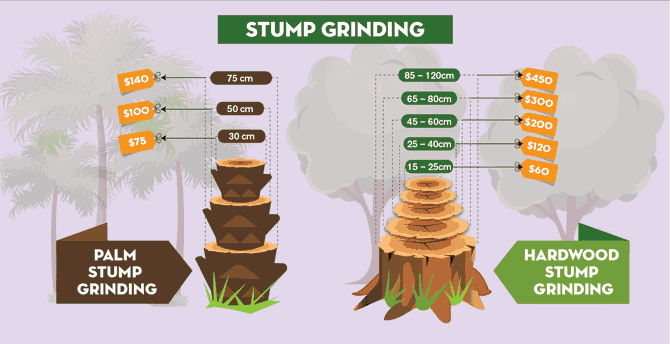Tree Treatment Throughout The Seasons: Best Practices For Taking Care Of Trees Prior To And Adhering To Removal
Tree Treatment Throughout The Seasons: Best Practices For Taking Care Of Trees Prior To And Adhering To Removal
Blog Article
Team Author-
When it concerns seasonal tree treatment, guaranteeing correct monitoring prior to and after elimination can substantially affect the wellness and aesthetic appeals of your landscape. By recognizing the needed actions involved in evaluating tree wellness and planning for elimination, you can proactively protect your property. Yet what regarding the crucial methods to adhere to once the tree is gone? Keep tuned to find the necessary post-removal care steps that will certainly assist you grow a successful and lasting environment for your trees.
Pre-Removal Tree Care
Before attending to the elimination of a tree, it's essential to focus on pre-removal tree care. Begin by analyzing the tree's health and structural stability. Try to find indications of illness, pest problems, or any architectural concerns that may pose a security threat during removal. It's necessary to seek advice from a certified arborist to figure out the best course of action.
Pruning dead or diseased branches can protect against additional damages to the tree and guarantee a smoother elimination procedure.
Furthermore, think about visit the following page of eliminating the tree. Trees play a vital role in our environment, so growing a new tree in a suitable place can help offset any loss. Ensure that view it now have the needed licenses and permissions for tree elimination, especially if the tree is protected by regional laws.
Seasonal Upkeep Tips
Examining your tree's needs throughout the year is crucial for its wellness and durability. To keep your trees in top problem, follow these seasonal maintenance ideas.
In springtime, focus on trimming to remove dead or damaged branches and motivate brand-new growth.
https://will-motor-oil-kill-a-tre61616.bloggerbags.com/36485627/comprehensive-guide-to-tree-trimming-important-tips-for-a-lusher-landscape calls for routine watering, specifically throughout dry spells, to ensure your tree stays hydrated.
As loss approaches, keep an eye out for very early indications of illness or tension, and consider applying compost to shield the roots throughout winter months.
In winter months, be cautious when getting rid of snow from branches to stop damage, and remain to monitor your tree's general wellness.
Remember to change your treatment routine based upon the certain demands of your tree types and neighborhood environment. By staying attentive and aggressive throughout the periods, you can assist your trees prosper and prosper for many years ahead.
Post-Removal Tree Treatment
To guarantee the wellness of your landscape even after tree removal, proper post-removal care is vital. After a tree is removed, it's essential to fill up the remaining opening with topsoil and compact it to stop settling. This will help preserve the honesty of the ground and prevent prospective risks in the future.
Consider planting new vegetation instead of the eliminated tree to recover the equilibrium and looks of your landscape. Regularly water the location to promote the development of brand-new plants and stop dirt disintegration.
Evaluate the surrounding trees for any type of indications of illness or stress and anxiety that might have been caused by the gotten rid of tree. Watch out for parasites that could've been brought in to the previous tree and take safety nets to safeguard the remaining vegetation.
If essential, talk to a specialist arborist to analyze the effect of the elimination on the bordering trees and identify any type of added treatment needed. By adhering to these post-removal care steps, you can guarantee the continued wellness and beauty of your landscape.
Final thought
In conclusion, proactive seasonal tree care is vital for maintaining the health and wellness and balance of your landscape. By examining tree health, trimming, and talking to an arborist before elimination, you can make certain a risk-free procedure. After removal, filling up the hole, planting new vegetation, and routine watering will certainly advertise new development and avoid disintegration. Keep in mind to check surrounding trees for condition and look for further care actions from an arborist to keep your landscape thriving.
